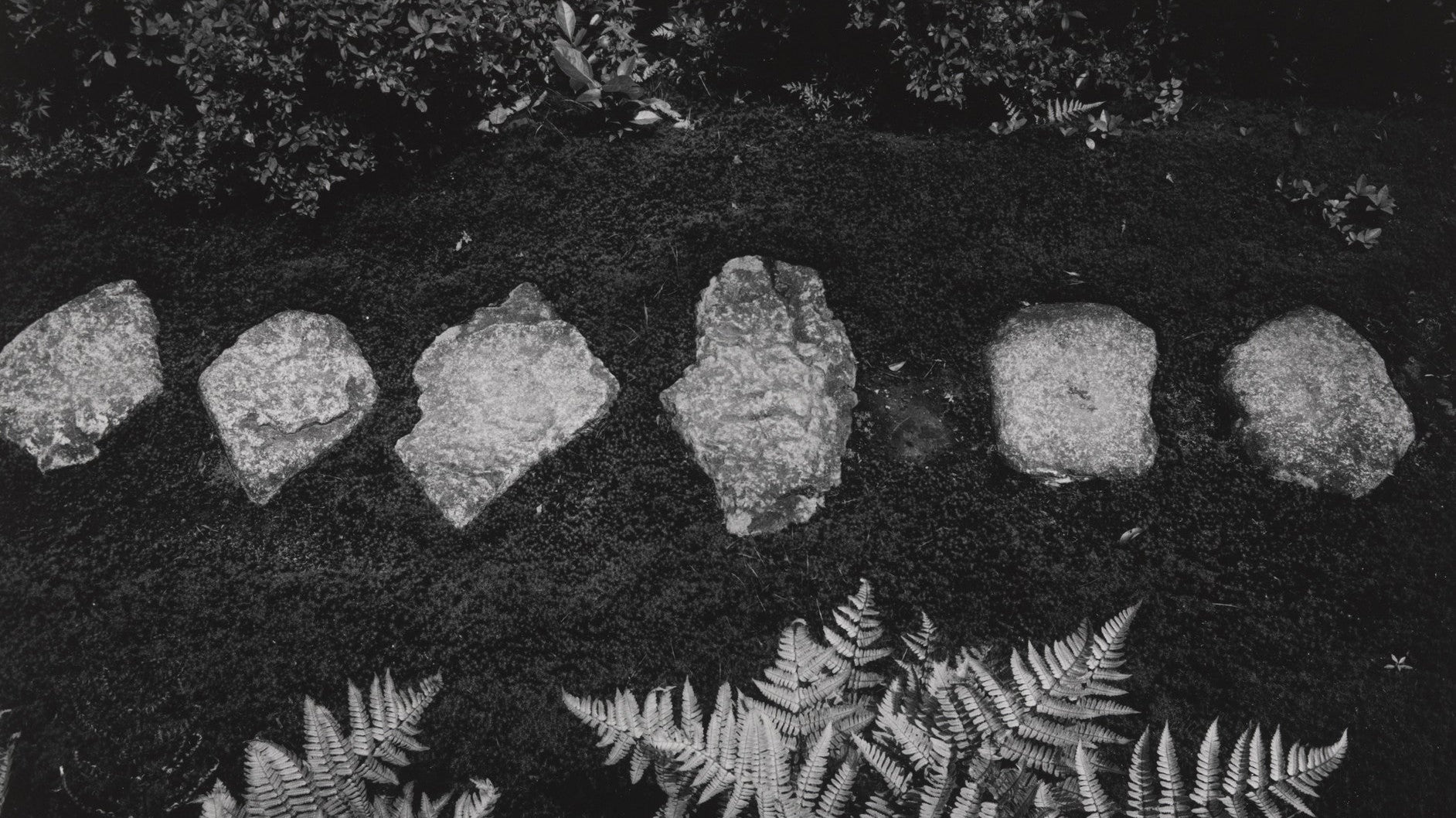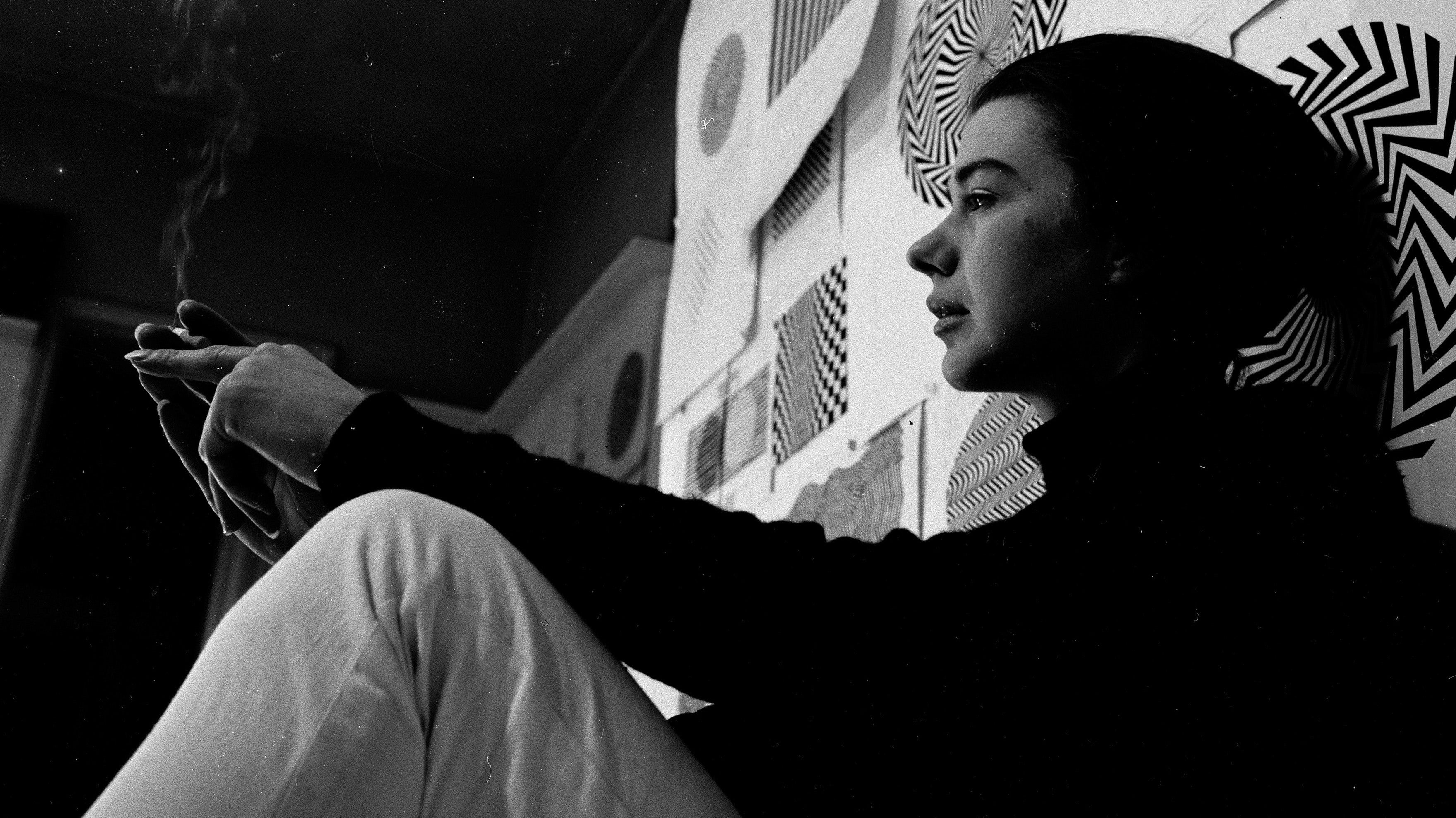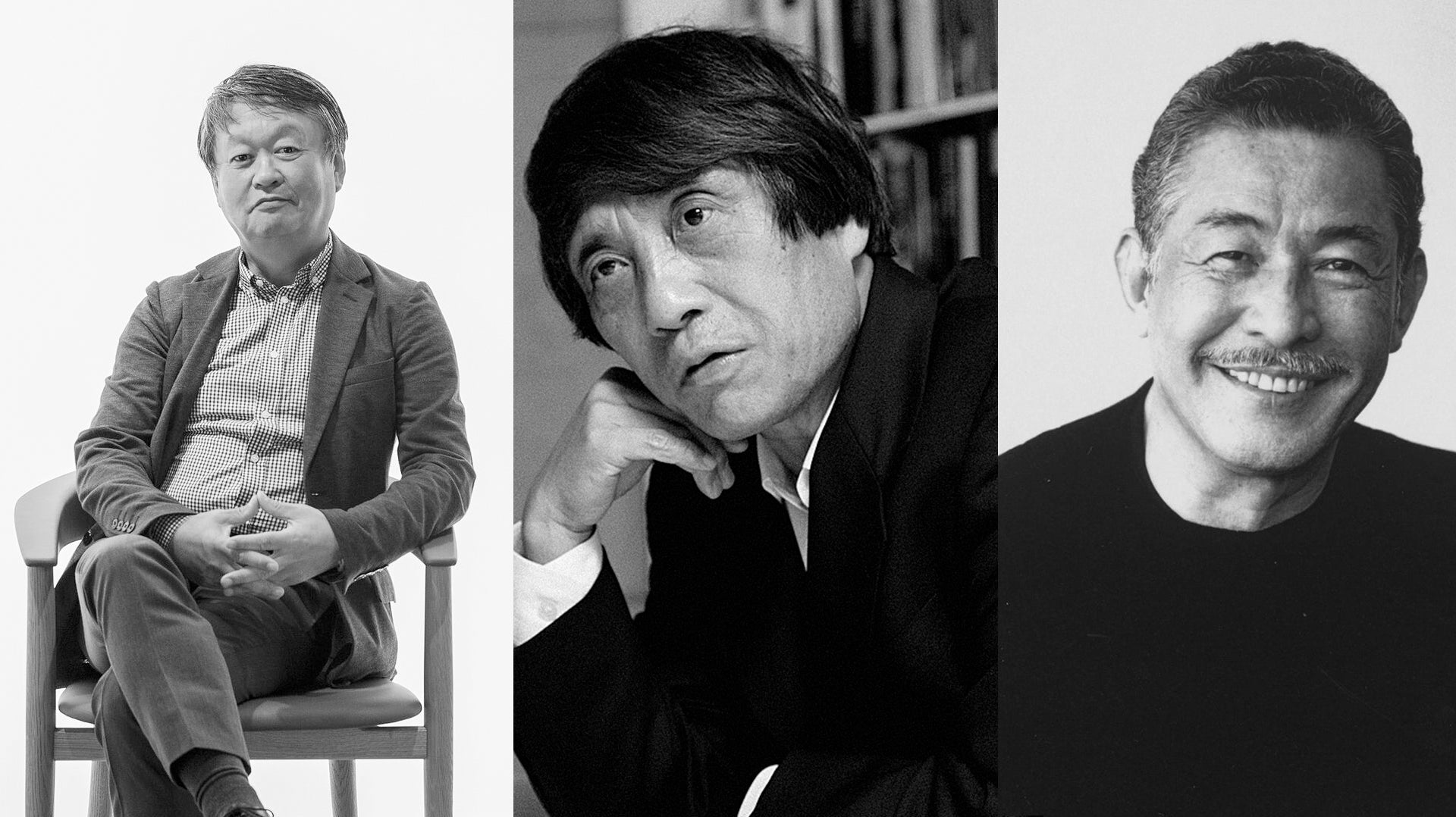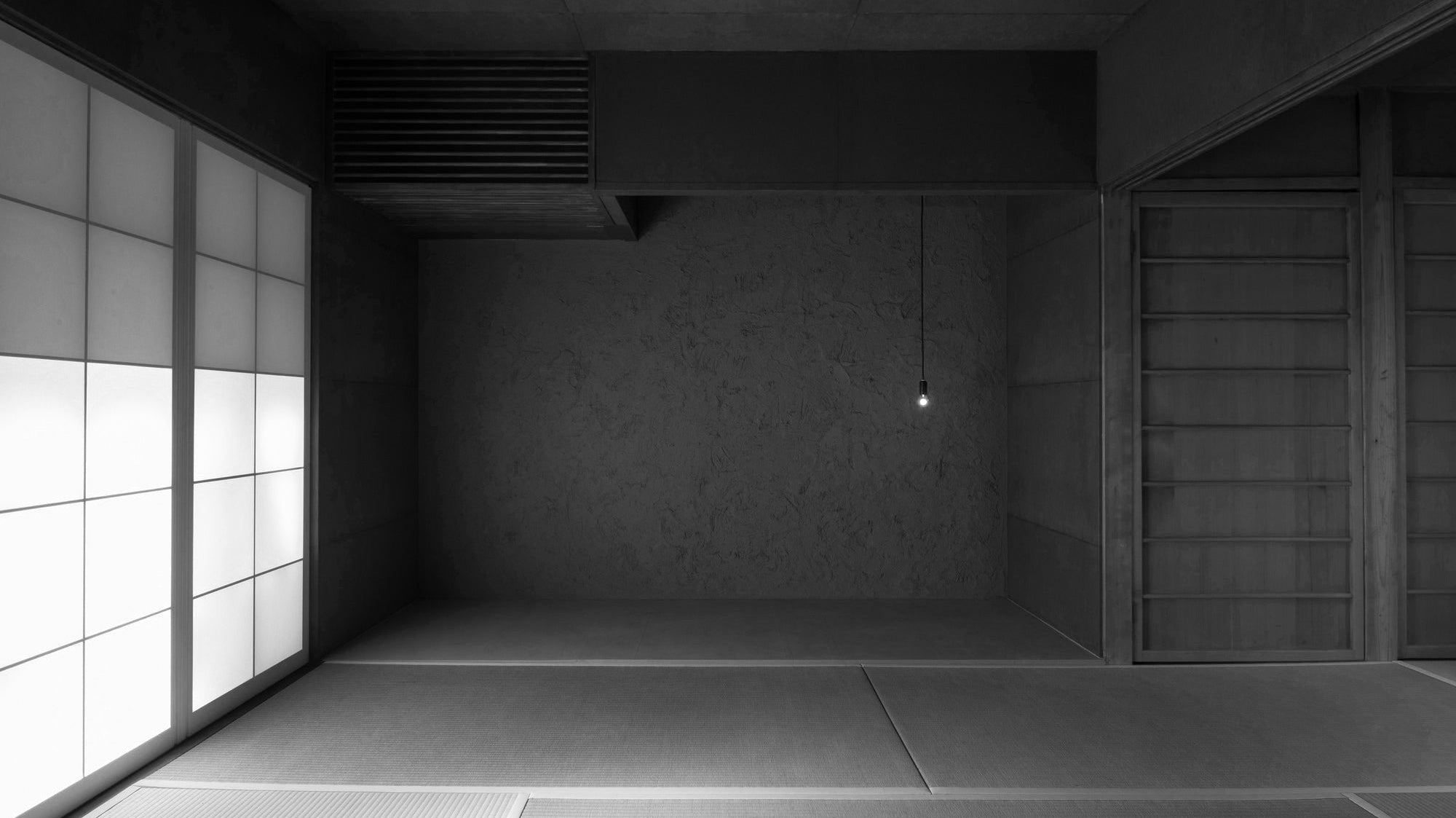When you see an old object adorned with cracks or signs of age, do you perceive it as unattractive? Or do you find yourself appreciating the history and unique character it embodies? In Japan, there’s a philosophy known as Wabi Sabi that invites us to view beauty in a different way. This concept teaches us to embrace imperfection and the natural passage of time, recognizing that every flaw tells a story.
(Wabi Sabi Meaning: Embracing Imperfection in Japanese Aesthetics - dans le gris)
(Wabi Sabi Meaning: Embracing Imperfection in Japanese Aesthetics - dans le gris)
What is Wabi Sabi?
First, let’s understand what Wabi Sabi is. It’s a traditional Japanese aesthetic that finds beauty in imperfection, impermanence, and simplicity. It’s about appreciating the natural cycle of growth and decay, and embracing things that are imperfect or incomplete. Whether in art, design, or daily life, Wabi Sabi teaches us to see beauty in things that are modest, weathered, and unique.
Wabi Sabi has its roots in Zen Buddhism, which focuses on mindfulness, simplicity, and accepting the natural flow of life. It evolved during Japan’s Muromachi period, especially through the Japanese tea ceremony, where practitioners found beauty in simple, rustic objects rather than anything lavish or perfect.
"Wabi" originally referred to the idea of solitude and living simply, often away from society. It embodies a lifestyle centered on quietness and humility. "Sabi," on the other hand, is all about the beauty that comes with age, wear, and the passage of time. Together, these concepts create Wabi Sabi—a philosophy that embraces the transient and imperfect nature of everything around us.
(Wabi Sabi Meaning: Embracing Imperfection in Japanese Aesthetics - dans le gris)
Wabi Sabi Aesthetics in Japanese Art
Wabi Sabi aesthetics are significantly represented in traditional Japanese art and design, where the principles of Wabi Sabi shape not only the aesthetics but also the deeper meanings behind various forms of expression. Below, let’s see how Wabi Sabi aesthetics are embodied in different ways.
Architecture
Traditional Japanese architecture beautifully embodies Wabi Sabi aesthetics. Structures such as tea houses are designed to harmonize with nature, utilizing materials like wood and stone that age gracefully over time. These buildings often feature asymmetry and simplicity, and are usually surrounded by natural landscapes. The way they are built to embrace the changing seasons reminds us of the impermanence of life and the ongoing process of change, which are core ideas of Wabi Sabi.
Beyond their physical design, these spaces are meant to create a sense of calm and reflection. When you step inside, the muted colors, earthy textures, and simple forms encourage mindfulness and help you connect with the present moment. Imperfections, like rough-hewn wood, uneven floorboards, or subtle cracks in the walls, aren't seen as flaws. Instead, they’re symbols of life’s natural cycles of growth and decay.
Today, the influence of Wabi Sabi aesthetics extend into interior design, offering a refreshing perspective on aesthetics. This design style celebrates a quiet, understated elegance, emphasizing simplicity and the natural beauty of materials. For those interested in learning more about this concept, be sure to check out "Wabi Sabi Interior Design: Principles, Design Ideas, and Inspiration."
Ceramic
This same appreciation for imperfection and natural beauty extends into Japanese ceramics. Unlike mass-produced pottery, traditional Japanese ceramics often celebrate irregular shapes, uneven textures, and natural variations in glazing. These imperfections are viewed as distinct characteristics, revealing the craftsmanship behind each piece and the organic, unpredictable nature of the creative process.
One of the most iconic examples is Kintsugi, the art of repairing broken pottery with gold or silver. Instead of hiding the damage, Kintsugi highlights the cracks, turning them into a beautiful part of the piece’s history. In fact, the repaired object becomes even more valuable because of the imperfections and the life it has lived. This practice reflects the Wabi Sabi belief that things become more precious and meaningful as they age and endure the passage of time.
Japanese Tea Ceremony
Wabi Sabi aesthetics also resonate deeply within the Japanese tea ceremony, particularly in the style known as Wabi-cha. Developed by the tea master Sen no Rikyū, Wabi-cha embraces a rustic, humble approach to tea-making, celebrating simplicity and natural beauty over opulence. Just as Kintsugi reveals the beauty of imperfections, Wabi-cha invites participants to appreciate handmade, imperfect utensils and the fleeting moments shared during the ceremony.
Central to the Japanese tea ceremony is the concept of "Ichigo Ichie," as articulated by Sen no Rikyū. In English, it can be translated as "One Encounter, One Chance." This philosophy emphasizes the importance of treasuring the unrepeatable nature of each moment, encouraging participants to fully engage in the experience. It reminds us that every gathering is a unique opportunity that will never happen in the same way again.
Through this practice, individuals can disconnect from the chaos of everyday life and cultivate a sense of tranquility, reflecting the core principles of Wabi Sabi. In Japan, the tea ceremony is not just about serving tea; it is elevated to an art form.
Ikebana
Similarly, we see the embodiment of Wabi Sabi aesthetics in Ikebana, the traditional Japanese art of flower arrangement. This art form focuses on asymmetry and simplicity, highlighting the natural forms of plants and flowers while embracing their imperfections. Each Ikebana arrangement celebrates the unique beauty of its materials, allowing their irregularities to become integral parts of the composition. The selection of elements is often influenced by the seasons, emphasizing the transient beauty of life as flowers bloom and fade. This symbolic depth resonates with Wabi Sabi’s philosophical underpinnings, encouraging a deeper appreciation for the cycles of life, death, and renewal.
(Wabi Sabi Meaning: Embracing Imperfection in Japanese Aesthetics - dans le gris)

Wabi Sabi-Inspired Jewelry: Pebble Ring from the Mutability Collection
(Wabi Sabi Meaning: Embracing Imperfection in Japanese Aesthetics - dans le gris)
Through these examples, we see how Wabi Sabi aesthetics manifest in various forms of Japanese art. From the calming simplicity of Wabi-cha in the tea ceremony to the beautiful expressions found in Ikebana, each art form reflects a deep appreciation for imperfection, transience, and nature. Wabi Sabi encourages us to embrace the unique character of each moment and find beauty in life’s fleeting nature. The Wabi Sabi philosophy reminds us to slow down, observe, and appreciate the world around us, showing that true beauty lies in accepting imperfection and change.
Wabi Sabi-Inspired Jewelry: Mutability Collection
Now that we've explored the beauty of Wabi Sabi in art and philosophy, we’d love to show you how this timeless concept has inspired our jewelry collection. Wabi Sabi teaches us to find beauty in the natural aging process and in imperfections—whether it's the weathered texture of stones or the peeling layers of old walls, each carries its own unique story.
In our Mutability Collection, we’ve captured that essence, with each piece designed to celebrate the charm of imperfection and the beauty of the natural world. We hope that when you wear these pieces, you see them not just as jewelry, but as a reminder of your own unique beauty and the stories that make you who you are. (Discover More)
(Wabi Sabi Meaning: Embracing Imperfection in Japanese Aesthetics - dans le gris)

Wabi Sabi-Inspired Jewelry: Sculpture Ring from the Mutability Collection
(Wabi Sabi Meaning: Embracing Imperfection in Japanese Aesthetics - dans le gris)
Related Articles:
• Ikebana: The Art of Japanese Flower Arrangements
• Japanese Tea Ceremony: The Philosophy of "One Encounter, One Chance"
• Minimalism vs. Wabi Sabi: Embracing Simplicity in Design and Life
• Ma: The Japanese Aesthetic of Negative Space and Time
About Us
Dans Le Gris is a brand that began with everyday jewelry, with each handmade piece designed and crafted in Taiwan. We deeply value every detail, dedicating ourselves to creating timeless pieces through collaboration with experienced craftsmen.
In our journal, we provide irregular updates featuring articles about art, culture, and design. Our curated content encompasses diverse aspects of life, with the aspiration to offer meaningful insights and inspiration.
Shop Now
↪ Follow us for more updates: YouTube | Instagram






